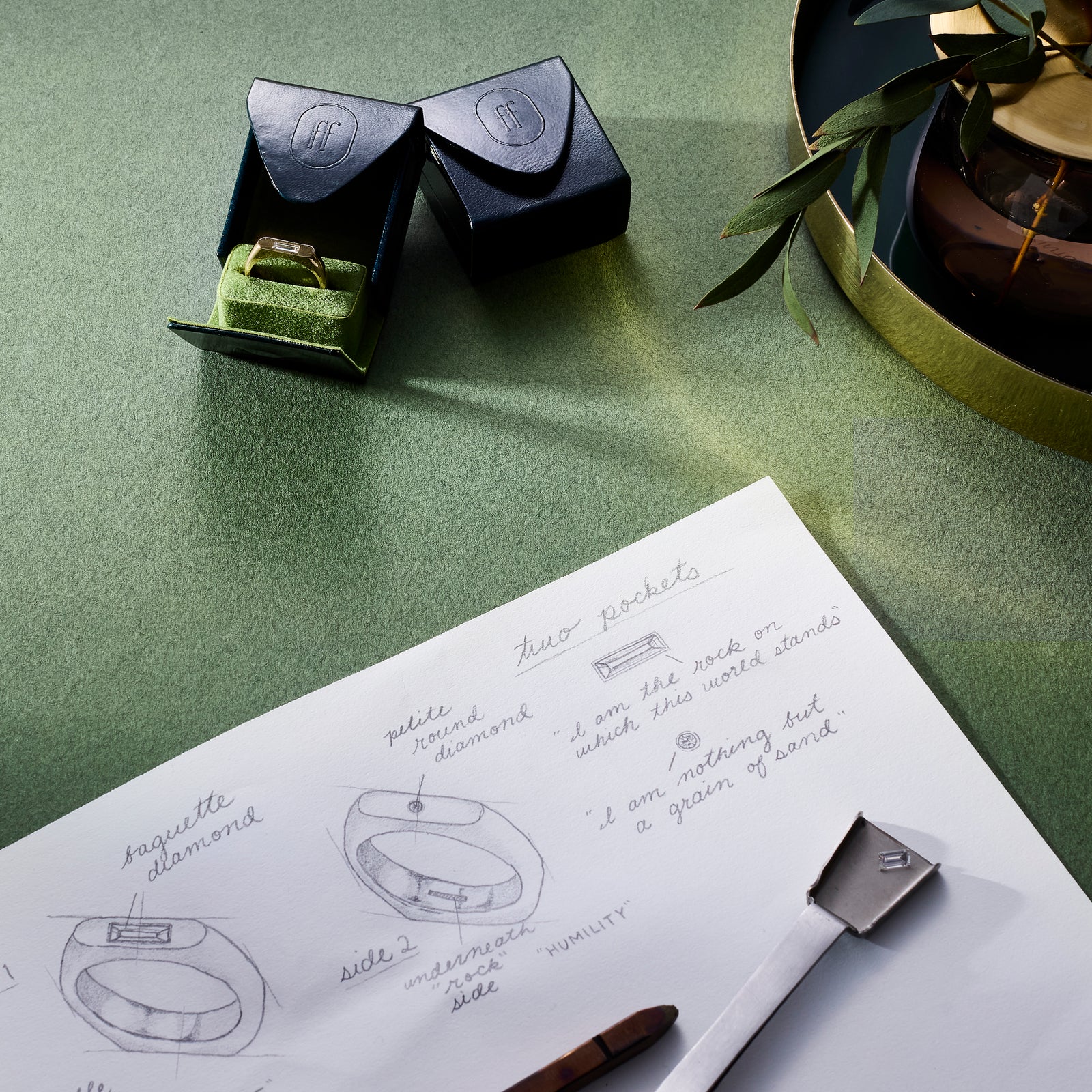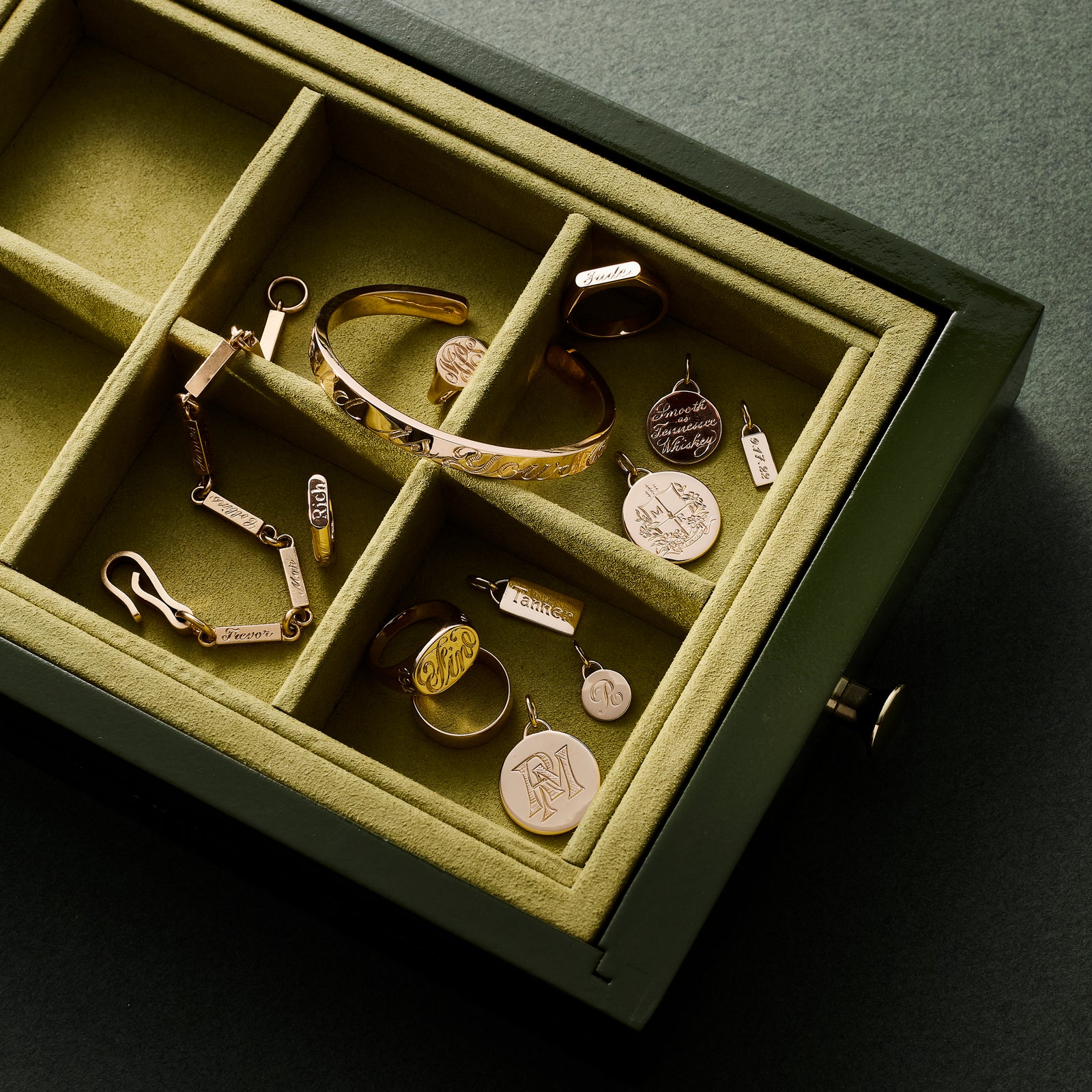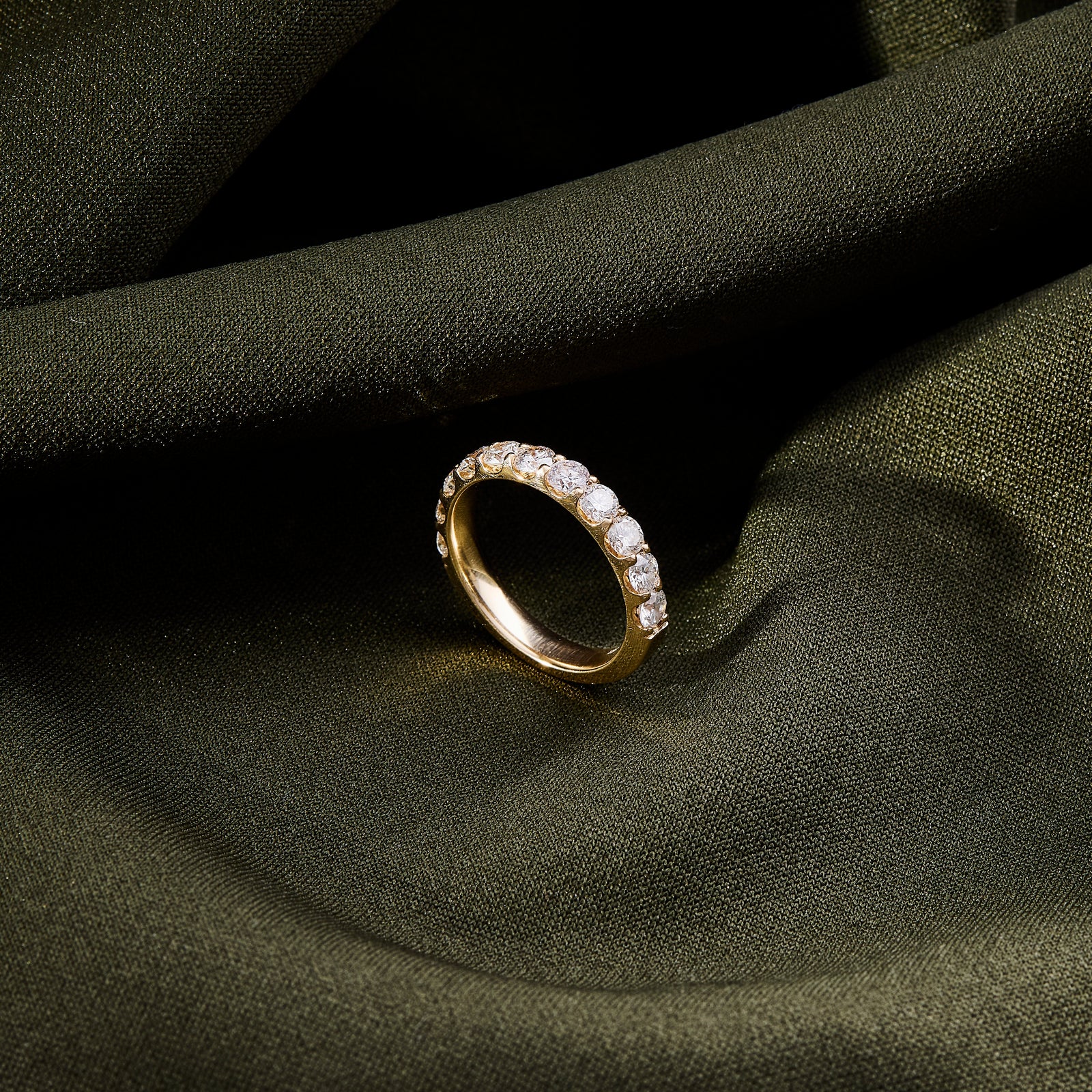Your Cart is Empty
Have a question or need help shopping? Text us at (347) 294-0923!
Have a question or need help shopping? Text us at (347) 294-0923!
SHOP
About
“Fewer Finer was born out of my love for the small but significant pieces of our lives that define who we are and what we love."
— Madison
“Fewer Finer was born out of my love for the small but significant pieces of our lives that define who we are and what we love."
— Madison

Info

Meet Madison

Visit Us

Contact
The history of charms goes all the way back to the prehistoric times, when they were made out of shells, animal-bones, and clay. It’s possible that they began as a form of amulet or talisman, meant to ward off evil spirits or bad luck.
Later, charms were then made out of gems, rocks, or wood and became much more symbolic. Christians would use tiny fish charms hidden in their clothing to identify themselves to other Christians. Jewish scholars of the same period would write tiny passages of Jewish law and put them in amulets round their necks to keep the law close to their heart at all times. Medieval knights wore charms for protection in battle. Charms also were worn in the Dark Ages to denote family origin and religious and political convictions.
The first charm bracelets were worn by Assyrians, Babylonians, Persians, and Hittites and began appearing from 600 – 400 BC. They were made by stringing charms on leather cord.
In the 1800s, Queen Victoria, known for her love of jewelry, brought the trend to the European noble classes. She loved to both wear and gift charm bracelets. Victoria was a devoted wife to Prince Albert, who started a tradition of giving Victoria a heart charm at the birth of each of their 9 children. When Prince Albert died, she created mourning charm bracelets, which include pendants, lockets and medallions that were often engraved or held pictures and locks of the deceased's hair. One of the mourning bracelets she wore constantly as a tribute to Albert after his death, consisted of sixteen various oval and heart shaped lockets, enameled in black on gold. 
Likely inspired by the Queen, Tiffany & Co launched their first charm bracelet in 1889 at the Paris Exposition - a chain link charm with a single dangling heart pendant, which remains synonymous with the jeweler today.
In the 1920s and 30s, charm bracelets became intricate works of art for those fortunate enough to afford them. Art Deco charm bracelets were often over-the-top, made from gold, pavé diamonds and rubies. The average American suffering the effects of the stock market crash and the Great Depression still found a way to partake in the fashion, personalizing bracelets on a budget with simple charms made from broken jewelry items, hand-carved trinkets, or found objects.
American soldiers fighting in Europe during World War II found that they could purchase small, easy-to-carry trinkets and charms to send home or bring home to their sweethearts. These charms helped the wives and girlfriends of servicemen feel connected to the places their soldiers were stationed. For this reason, the latter years of World War II and the years after the war ended saw a spike in popularity of charm bracelets in the United States.
In the latter half of the twentieth century, charms began to reflect rites of passage — such as 16th or 18th birthdays, graduations, engagements, or weddings — and significant events, like travel abroad. In upper class social circles, it became customary for young women to be given a starter charm bracelet at the age of 13, which would then be expanded throughout the rest of her life. Sometimes, charm bracelets would be passed from mother to daughter, with the daughter adding her own jewelry over time. The bracelets were also popularized by Hollywood screen icons who flaunted their style and wealth. Elizabeth Taylor was famous for her love of charms, and she had several bracelets in her collection.
Although this fashion waned by the 1970s, the 1990s and 2000s saw a surge of interest in antiques and collectibles, driving demand for vintage charms and bracelets like never before. Mechanical or opening charms, in particular, were sought after by collectors as indicators of quality craftsmanship.
Charms have become such an essential part of the Fewer Finer collection. I'm drawn to how unique each piece can be and the personal history they allow you to build right on your wrist. They truly are one of my all time favorite jewelry trends. Please reach out if you would like help sourcing a specific charm!
Shop the Products
